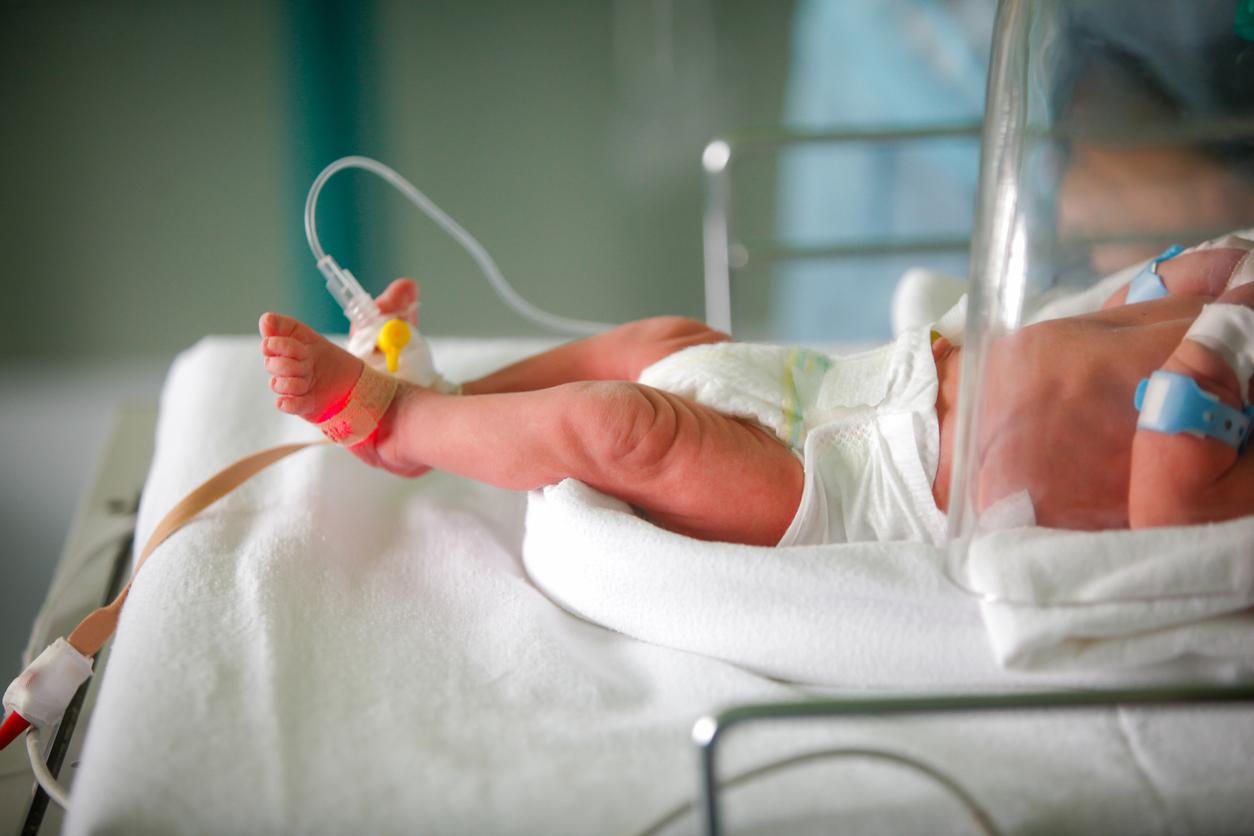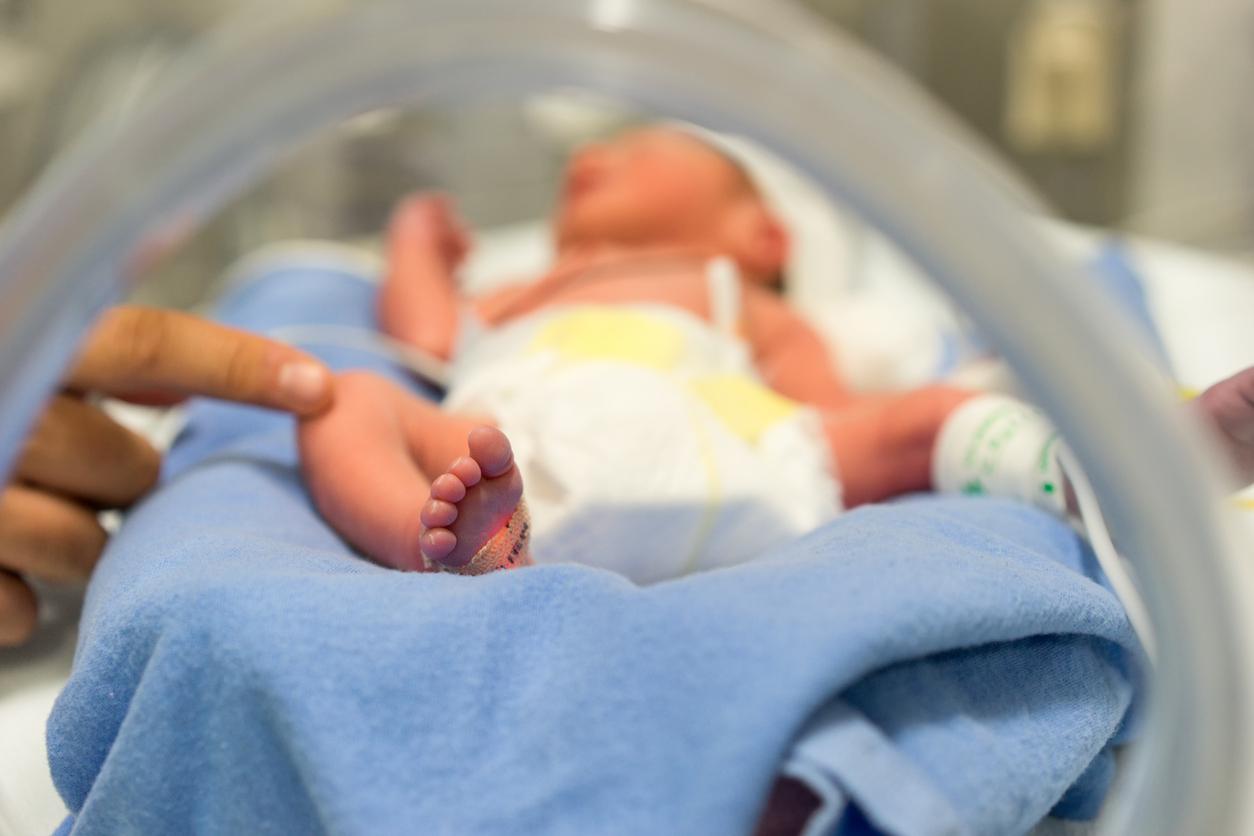Over the past thirty years, scientific progress in developed countries has saved more and more premature babies. Especially infants born at less than six months of pregnancy.

A baby is considered to be premature when born before 37 weeks of pregnancy. Since the 1980s, world medicine has made many advances in saving those who are extremely premature. Several studies, published this week and carried out in the United States and Sweden, bear witness to this.
The threshold of viability “retreats by one week every 10 years”
Until the 1980s, the minimum gestational age for viability was estimated to be 28 weeks. At this stage, the baby weighs only 1000 grams. Today, babies survive 24, 23 or even 22 weeks and weigh only around 500 grams! “I’ve been doing this job for 40 years, and I’ve seen the viability threshold drop by a week every 10 years in my hospital,” says Edward Bell, neonatology physician and professor of pediatrics at the University of Iowa. (United States).
Sweden, world champion in survival
In Sweden, 77% of children born between 22 and 26 weeks survived at least a year, according to a study conducted between 2014 and 2016 and published in the journal jama. Ten years earlier, between 2004 and 2007, this survival rate in Sweden was “only” 70%. Before obtaining the world record for survival of extremely premature babies, Sweden implemented new procedures, such as systematic resuscitation of newborns. Today, approximately 88% of premature births take place in specialized units.
3 advances to save lives
In hospitals around the world – particularly in developed countries – three major advances have made it possible to improve the survival rate extremely premature babies. First, the invention of artificial “surfactants”, which replace a substance that very premature infants do not produce on their own. The latter occurs in the lungs and allows them to breathe. Second, doctors are now injecting mums with steroids just before delivery, allowing a week-old baby’s lungs to grow in just one day. Finally, respirators have become more efficient over the years.
Babies weighing less than 400 grams
These advances improve the survival of premature babies, even babies weighing less than 400 grams, which are very rare. Thus, an American study published Monday in the journal jama shows that 13% of babies weighing less than 400 grams and born at 22-26 weeks survived. The study covers 21 hospitals and was conducted between 2008 and 2016. One of these babies even weighed 330 grams. Note that in the case of these infants, the complications can be numerous, such as a delay of development at two years old. Every year in France, about 60,000 babies are born prematurely.
.

















